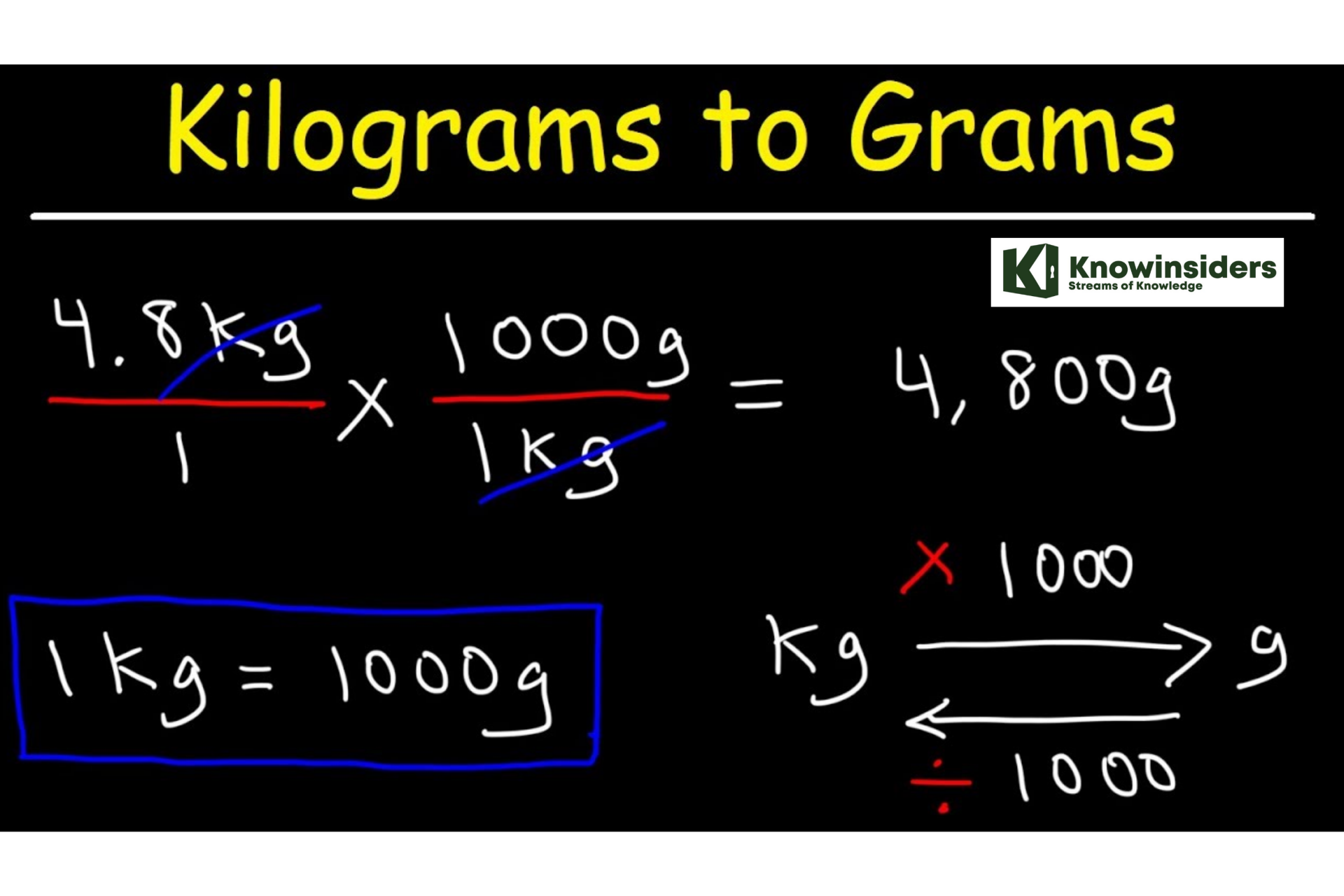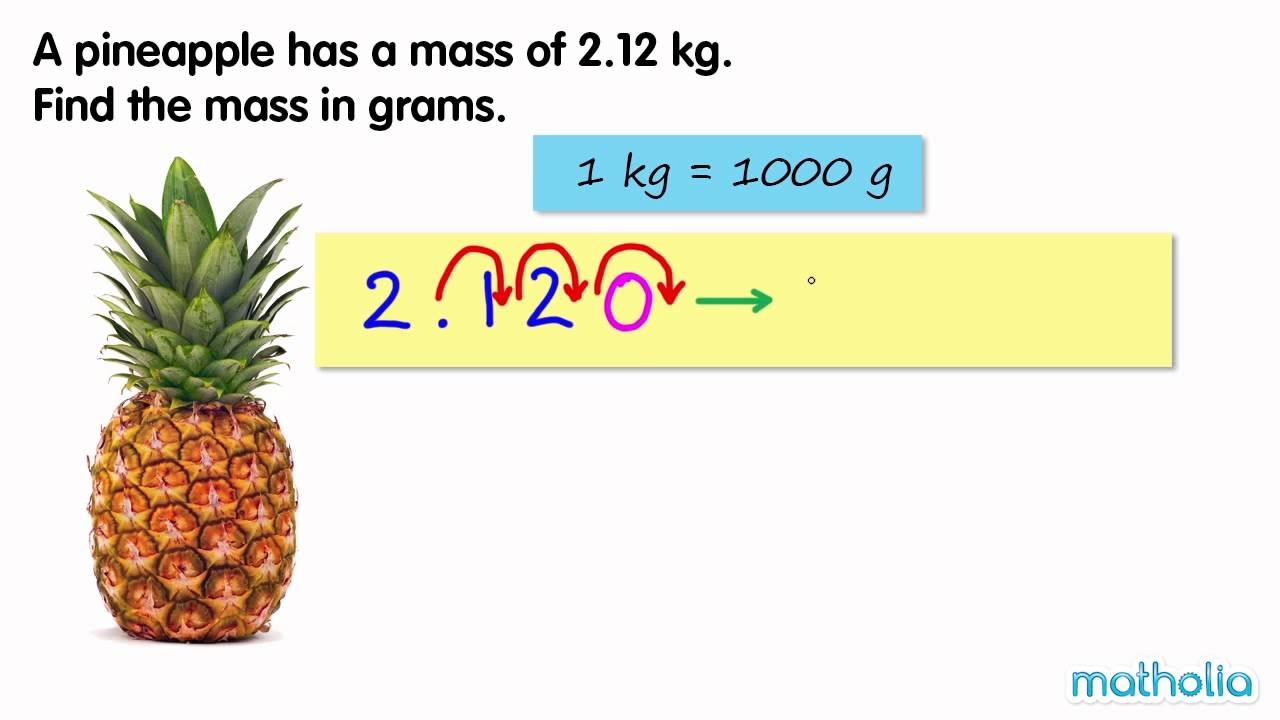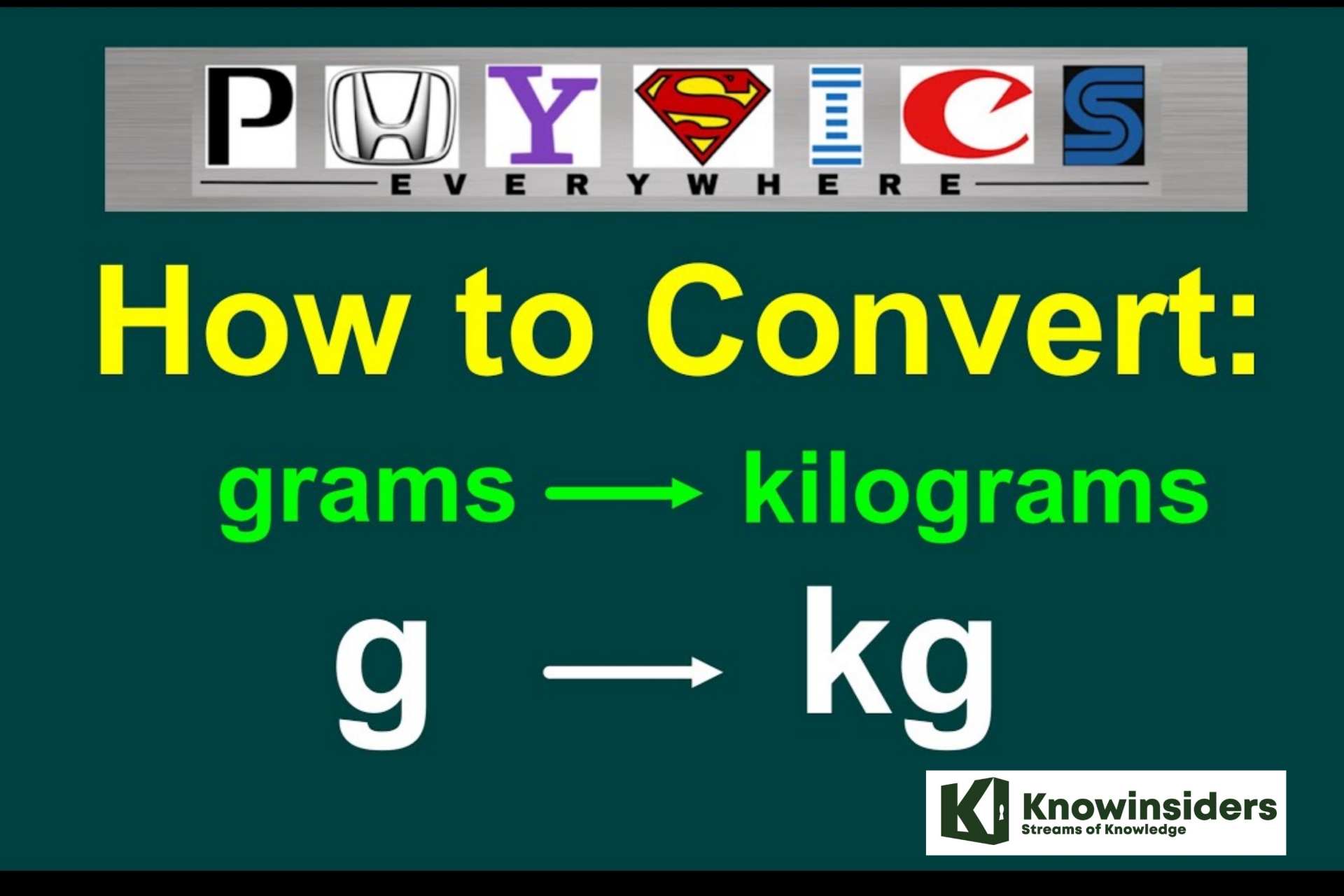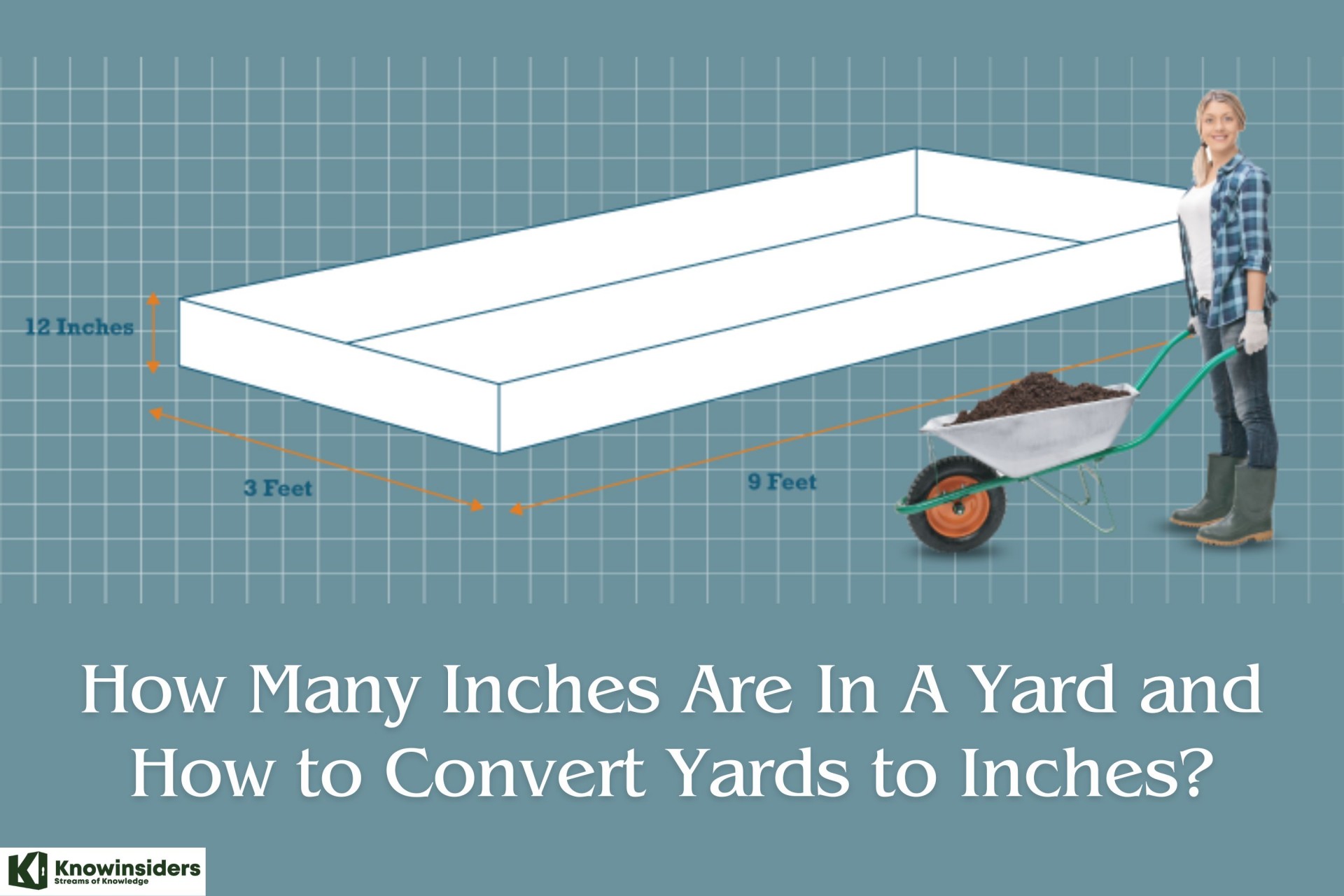How to Convert Kilograms to Grams
 |
| Illustrated picture. Photo: Mixi's |
An approximate numerical result would be: one kilogram is about one thousand grams, or alternatively, a gram is about zero times one kilogram.
What is Kilogram
Description:
The kilogram is the base unit of mass in the International (SI) System of Units, and is accepted on a day-to-day basis as a unit of weight (the gravitational force acting on any given object).
The kilogram is almost exactly equal to the mass of one litre of water.
Definition:
The kg is defined as being equal to the mass of the International Prototype of the Kilogram (IPK), a block of platinum-iridium alloy manufactured in 1889 and stored at the International Bureau of Weights and Measures in Sèvres, France.
It is the only SI unit that is defined by a physical object rather than a fundamental physical property that can be reproduced in laboratories.
Origin:
For a short period the grave (also a metallic reference standard) was used to define one thousand grams, until it was replaced by the kilogram in 1799.
In 1795 metric measurement systems were introduced in France and the gram was defined as "the absolute weight of a volume of pure water equal to a cube of one hundredth of a metre, and at the temperature of the melting ice".
The kilogramme (derived from the Greek chilioi [thousand] and gramma [a small weight] was named as a more practical measure of mass for larger quantities in trade, and came to be used as the base unit of mass in all metric measurement systems.
The International (SI) System of Units published in 1960 used the kilogramme as the base unit of mass, and has been adopted by almost every country on earth (with a few notable the exceptions such as the United States).
What is Gram
Definition
A gram (symbol: g) is a unit of mass in the International System of Units (SI). The definition of the gram is based on the kilogram, where a gram is one thousandth of a kilogram, the SI base unit of mass. Since 2019, the definition of the kilogram is no longer based on the international prototype, and rather is based on Planck's constant, h, along with the new definitions of the second and the meter.
History/origin
Originally, a gram was defined as the absolute weight of pure water in a cubic centimeter at the temperature of melting ice (later 4 °C). The gram used to be a fundamental unit of mass as part of centimeter-gram-second systems of units up until the widespread adoption of SI, which uses kilograms as the base unit of mass. The gram was later redefined as one thousandth of a kilogram, the SI (meter-kilogram-second system of units) base unit of mass.
Current use
The gram is widely used in every life as well as scientific contexts. For example, the gram is typically used to measure non-liquid ingredients used for cooking or groceries. Standards on the nutrition labels of food products often require the relative contents to be stated per 100 grams of the product.
How to Convert Kilograms to Grams
 |
| Photo: Youtube |
Method 1: Conversion of kilograms into grams by multiplying the number of kilograms by 1000:
To convert kilograms into grams, multiply the number of kilograms by 1000.
1 kg = 1 × 1000 g = 1000 g
2 kg = 2 × 1000 g = 2000 g
5 kg = 5 × 1000 g = 5000 g
13 kg = 13 × 1000 g = 13000 g
Method 2: Shifting the Decimal Point
Step 1: Start with your number of grams. Believe it or not, you can convert between grams and kilograms without doing any math. This works because the metric system is a base 10 system of measurements. In other words, metric units are always a multiple of 10 apart from each other — there are 10 millimeters in a centimeter, 100 centimeters in a meter, 1,000 meters in a kilometer, and so on.
In this section, let's convert 37 kilograms to grams. We would begin the same way as in the section above, writing "37 kilograms" on our paper.
Step 2: Shift the decimal point three spaces to the right. Now, find the decimal point in your number of kilograms. If you're converting a whole number, this won't usually be written, but you can assume it its to the right of the ones place. Move the decimal point three spaces to the right. Each time you move past a number counts as one space. If you run out of numbers to move past, keep moving it, leaving blank spaces.
 How to Convert Grams to Kilograms How to Convert Grams to Kilograms You can use the Grams to Kilograms unit converter to convert from one measurement to another. Check out the details of this process right below! |
Conversion of kilograms and grams
To convert kilograms and grams into grams, multiply the number of kilograms by 1000 and add it to the number of grams.
(i) 1 kg 300 g = 1 × 1000 g + 300 g
= 1000 g + 300 g
= 1300 g
(ii) 3 kg 500 g = 3 × 1000 g + 500 g
= 3000 g + 500 g
= 3500 g
(iii) 7 kg 569 g = 7 × 1000 g + 569 g
= 7000 g + 569 g
= 7569 g
(iv) 9 kg 21 g = 9 × 1000 g + 21 g
= 9000 g + 21 g
= 9021 g
(v) 15 kg 2 g = 15 × 1000 g + 2 g
= 15000 g + 2 g
= 15002 g
Kilogram to Gram Conversion TableKilogram [kg] Gram [g] 0.01 kg 10 g 0.1 kg 100 g 1 kg 1000 g 2 kg 2000 g 3 kg 3000 g 5 kg 5000 g 10 kg 10000 g 20 kg 20000 g 50 kg 50000 g 100 kg 100000 g 1000 kg 1000000 g |
In this video, you'll learn about how to easily convert Kilograms to Grams and vice versa:
For more interesting news of KnowInsiders, check out right below!
 How to Convert Excel To PDF: Simple Steps to Change How to Convert Excel To PDF: Simple Steps to Change Check out best ways to convert Excel to PDF in a few minutes. Quick and Easy to Change! |
 How To Convert Excel To Word and Word to Excel: Simple Ways to Change How To Convert Excel To Word and Word to Excel: Simple Ways to Change With Excel's spreadsheet power and Word's processing magic, they're a power duo for creating projects. Check out best ways to convert Excel spreadsheets to Word ... |
 10 Best Ways to Remove Your Tattoos 10 Best Ways to Remove Your Tattoos Check out 10 best ways to remove tattoos for those who don't want to keep your tattoos. |


























